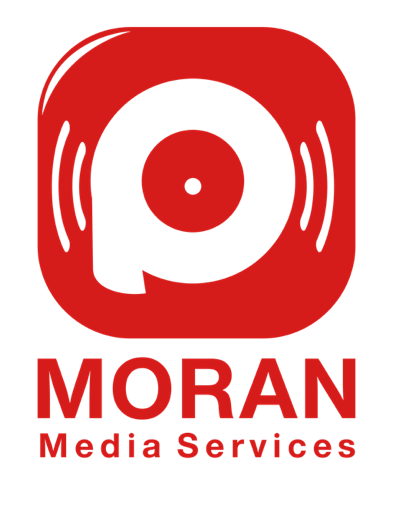How to Run the Bank Reconciliation Report in QuickBooks Online
Ultimately, this section ensures that the financial standing of the account is accurately reflected and discrepancies are promptly addressed. Reconciling your accounts is an essential part of managing your finances in QuickBooks Online. By following the steps above, you can reconcile your accounts accurately and ensure that your records match your bank or credit card statement. Remember to regularly reconcile your accounts to maintain financial accuracy and avoid discrepancies. The beginning balance serves as the starting point, ensuring that all subsequent transactions are accurately reflected.
QuickBooks Support
This will open the bank reconciliation report, where you can input the necessary details to generate the report for your financial records. When reconciling an account, the first bit of information you need is the opening balance. If you choose to connect your bank and credit cards to your online account, QuickBooks will automatically bring over transactions and also the opening balance for you.
Edit completed reconciliations
You can exchange messages and share documents directly inside QuickBooks, too. Changes to completed reconciliations can unbalance your accounts and other reconciliations. Now, simply compare the transactions on your statement with what’s in QuickBooks. The tricky part is making sure you have the right dates and transactions in QuickBooks so you know everything matches. Once the difference is $0.00, you’ve completed the reconciliation process.
Checks And Payments
- Reconciling a bank statement is an important step to ensuring the accuracy of your financial data.
- If you choose to connect your bank and credit cards to your online account, QuickBooks will automatically bring over transactions and also the opening balance for you.
- This is a simple data entry error that occurs when two digits are accidentally reversed (transposed) when posting a transaction.
- All of your bank and credit card transactions automatically sync to QuickBooks to help you seamlessly track your income & expenses.
If the difference is not zero, you may need to review your transactions again to find any discrepancies. This section plays a crucial role in identifying any discrepancies between the recorded transactions and the actual account activity. By scrutinizing the checks and payments, any unauthorized or duplicate transactions can be promptly flagged, ensuring the integrity and accuracy of the financial records. You can start reconciling once you have your monthly bank or credit card statement. If you need to reconcile more than one month, do them one statement at a time, starting with your oldest statement. We recommend reconciling your current, savings, and credit card accounts every month.
This can happen if you’re reconciling an account for the first depreciable asset definition time or if it wasn’t properly reconciled last month. You should perform monthly bank reconciliations so you can better manage your cash flow and understand your true cash position. Read on to learn about bank reconciliations, use cases, and common errors to look for.
For a more hands-off reconciliation experience, QuickBooks can help. We offer reconciliation reports, discrepancy identification, and live accountants to work with for ease and confidence when closing your books. Book transactions are transactions that have been recorded on your books but haven’t cleared the bank. As a small business, you may find yourself paying vendors and creditors by issuing check payments. Keeping your financial records in order is hugely important to the success of your business. Read the steps you should take when closing out your what is a financial statement detailed overview of main statements small business’ books for the end of the fiscal year.
When you reach the end of your transactions, the difference between your statement and QuickBooks should be CA $0.00. If you’re absolutely sure you’ve found a match but a small detail isn’t quite right, such as the payee, don’t worry. Select the transaction in QuickBooks to expand the view, then select Edit. Once you have logged into your Quickbooks Online account, you can find the ‘Reports’ tab at the top of the page. After clicking on the ‘Reports’ tab, a drop-down menu will appear, offering various report categories such as Sales, differences between ebit and profit before taxes Expenses, and Banking.
